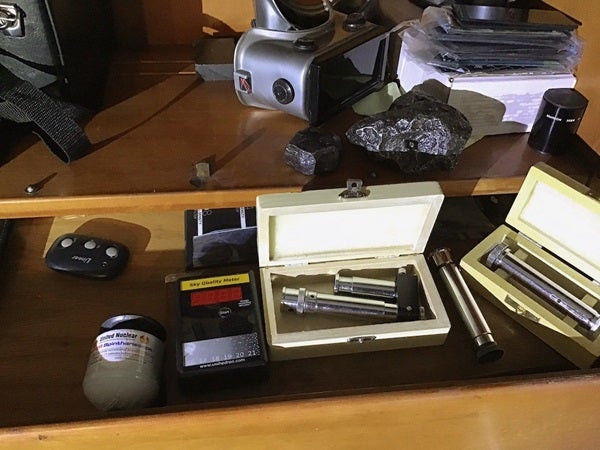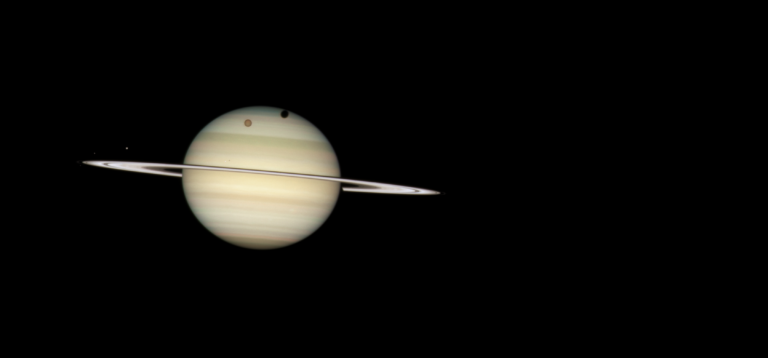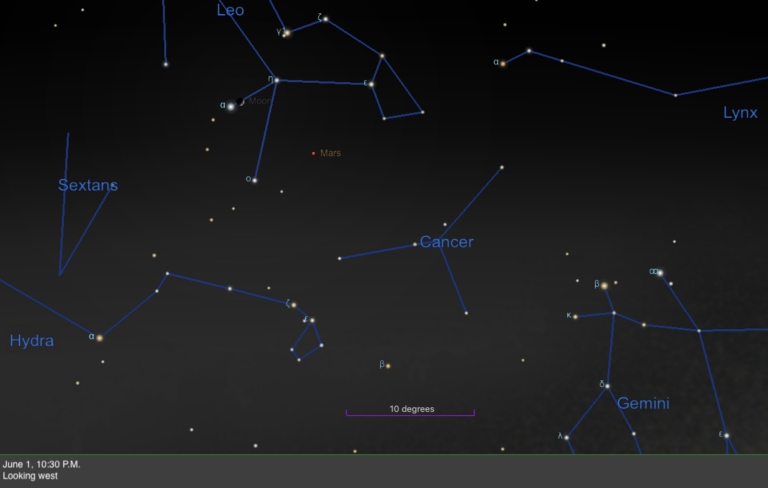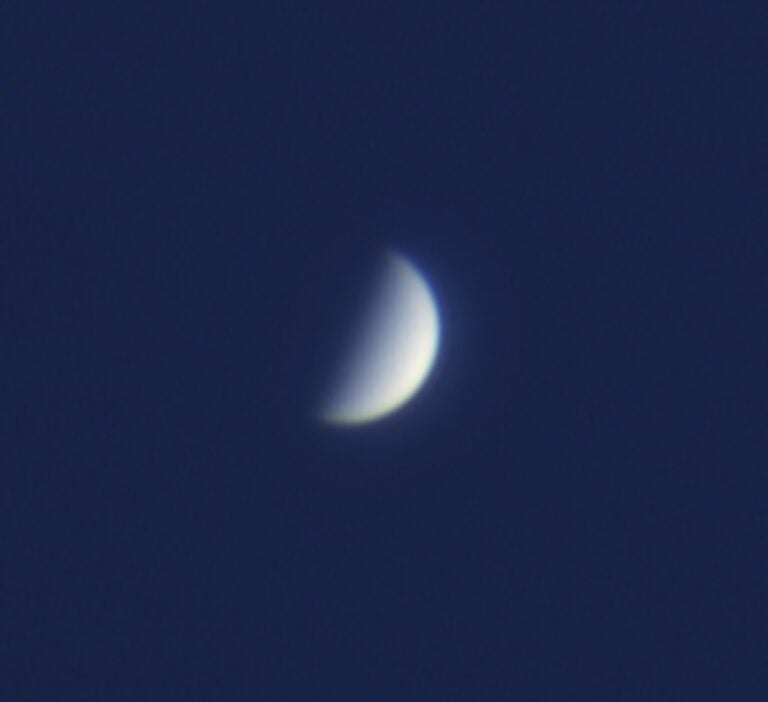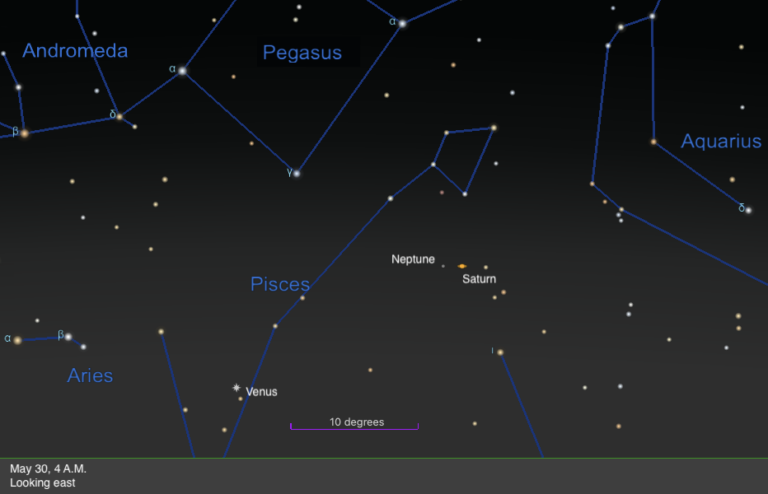We’re into astronomy to be wowed and amazed. Sometimes this arrives at no cost or effort, as when a bolide tears across the sky. At other times, a glorious apparition might indeed be free, but can be improved with the right equipment, as when last year’s great Comet C/2020 F3 (NEOWISE) was visible to the naked eye but wonderfully enhanced through binoculars.
Beyond bright comets, we can boost the naked-eye pleasure of solar totalities, the Milky Way, and large star clusters like the Pleiades with binoculars, which are thus essential instruments. We can safely watch solar eclipses with eclipse glasses, and telescope filters bring out details that boost our observing enjoyment. Today’s theme: further astro-accessories that are super-cool or downright peculiar.
The typical stuff we buy is familiar to all. In the January 2020 issue (“Invitation to the dark side”), I mentioned that as a teenager I first explored the sky, like so many others, with a 60mm refractor, then later spent countless hours using a 6-inch f/8 reflector. Presently, you’ll find me still observing deep-space wonders with the pier-mounted 12.5-inch f/6 equatorial-mounted reflector I bought 40 years ago. And I still gaze at solar system objects through my 5-inch 1997 Takahashi refractor — always with a binoviewer, since I’m hooked on the 3D sensation.
Housed in separate observatories, this equipment ought to suffice. Nonetheless, the astronomy passion provokes a peculiar blend of art and avarice. An ever-increasing number of science gadgets typically occupy the drawers and closets of backyard astronomers and physics teachers. Yet for reasons only a therapist could explain, I want you to buy more. Specifically, the ones I have. That’s why I’ll now give you sales pitches for my favorite half-dozen:
1. A swing-arm binocular mount: If you can’t afford those fabulous pricey image-stabilized binoculars, attach your inexpensive model to a long swing-arm device — the kind with parallel metal bars. They keep you safely distant from the clunky tripod and remain pointed to the target even when you lower the swing arm to share the view.
2. A star spectroscope: You might have to hunt for one online. But the pure saturated colors emanating from stars — a dramatic break from the mere pastels seen through your telescope — will take your breath away. Observing the vivid Balmer lines in A-type stars like Vega or the swarthy, complex molecules seen in M-class supergiants blends revelatory physics with jaw-dropping beauty.
3. A spinthariscope: Go to United Nuclear’s website (https://unitednuclear.com) and buy their best model; it’s currently $50. Through it, you’ll see atoms disintegrating. No joke — you’ll view countless scintillating pinpoints as if you’re carrying around your own globular cluster, albeit one that’s out of focus.
4. A pocket spectroscope: Get one of the solid metal five-prism models in a wooden box (you can find them for under $150) and have fun observing streetlights or unscrambling the Sun’s light. You think the sky is blue? With this device, you’ll discover its true color. At dinnertime, you’ll find butter solely emits green and red light. Endless revelations.
5. Meteorites: Keep one in your living room. Pass it around and let friends clutch an asteroid in their hand. I recommend octahedrites because they look like stereotypical meteorites, contain regmaglypts (small depressions that form as the meteorite streaks through Earth’s atmosphere), and strongly pull on magnets.
6. A Gemini Sky Window: I still use this swiveling first-surface flat mirror with a metal binocular holder attached above it so you can comfortably observe the sky while looking downward, seated at a table, with no neck strain. It’s just one example of the cool stuff that was manufactured 30 or 40 years ago that you might stumble across. I can’t tell you what your Sky Window equivalent might be, but you’ll know it when you see it.
Telescopes are merely the preliminary money sinks you encounter once you’re betrothed to the muse who rules celestial profligacy. Carried off in her addictive caress, we learn the true origin of the phrase “the sky’s the limit.”

